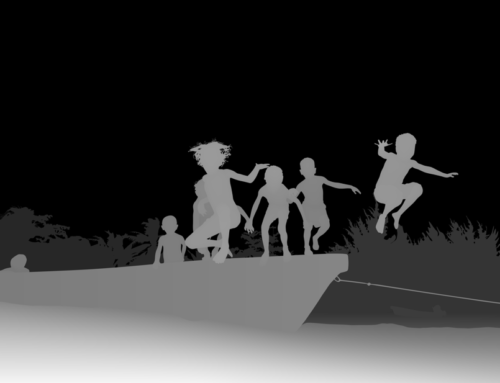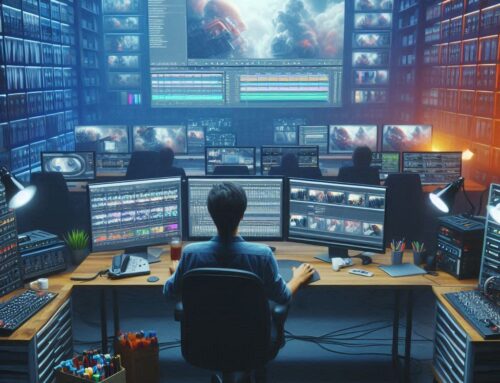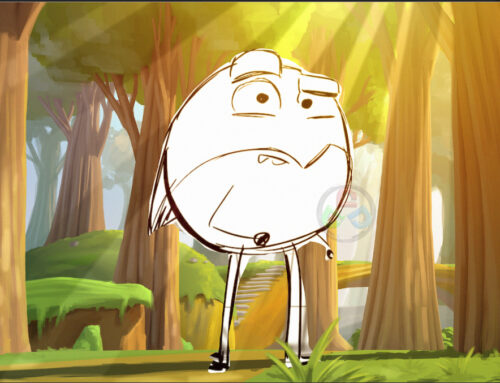The world of Visual Effects (VFX) has come a long way in recent years, with advancements in technology and software making it easier and more efficient than ever before. One of the most talked-about technologies in recent times is Artificial Intelligence (AI). While AI has many potential applications, some have raised concerns that it could eventually replace human VFX artists, leading to the widespread automation of the industry. However, upon closer examination, it becomes clear that AI will not be able to take over the VFX industry anytime soon.
One of the main reasons why AI cannot replace human VFX artists is the creative process involved in VFX. VFX artists are responsible for designing and creating visual effects that meet the needs and vision of directors, producers, and clients. They often work closely with cinematographers and other members of the production team to create effects that enhance the overall visual storytelling of the project. This requires creativity, imagination, and a deep understanding of the filmmaking process. While AI can be used to generate certain elements of visual effects, it cannot replicate the human creativity and intuition that is necessary to make them truly come alive on screen.
Moreover, AI is only as good as the data it is trained on. While AI has made significant strides in areas such as speech recognition and image recognition, it still struggles with certain aspects of visual effects, such as simulating human movement and facial expressions. While AI can generate realistic-looking effects based on existing data, it is not yet capable of creating entirely new visual concepts and designs that meet the unique requirements of a specific project.
Another important factor to consider is the ever-changing nature of the VFX industry. New technologies and techniques are constantly being developed, and VFX artists must stay up to date with the latest trends and software in order to remain competitive. While AI can be a helpful tool in this process, it cannot replace the experience and expertise of human VFX artists, who have spent years honing their craft and perfecting their skills.
In addition, the VFX industry is built on relationships and collaboration. VFX artists often work closely with directors, producers, and other members of the production team to create effects that meet the needs of the project. They must be able to communicate effectively and work collaboratively to ensure that the final product meets the vision of the director and the needs of the client. While AI can generate certain elements of visual effects, it cannot replicate the human interaction and collaboration that is necessary for successful VFX production.
In conclusion, while AI has many potential applications in the VFX industry, it is unlikely to replace human VFX artists anytime soon. The creative process involved in VFX requires imagination, intuition, and a deep understanding of filmmaking that cannot be replicated by AI. Furthermore, the constantly changing nature of the industry, the need for collaboration and communication, and the limitations of current AI technology all suggest that human VFX artists will remain an integral part of the industry for the foreseeable future.
Harsh,
3Dservicesindia.com
3D Services India



